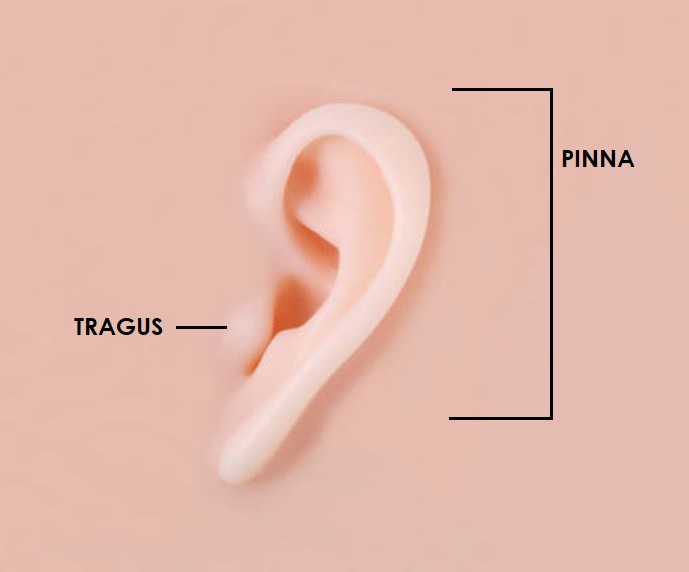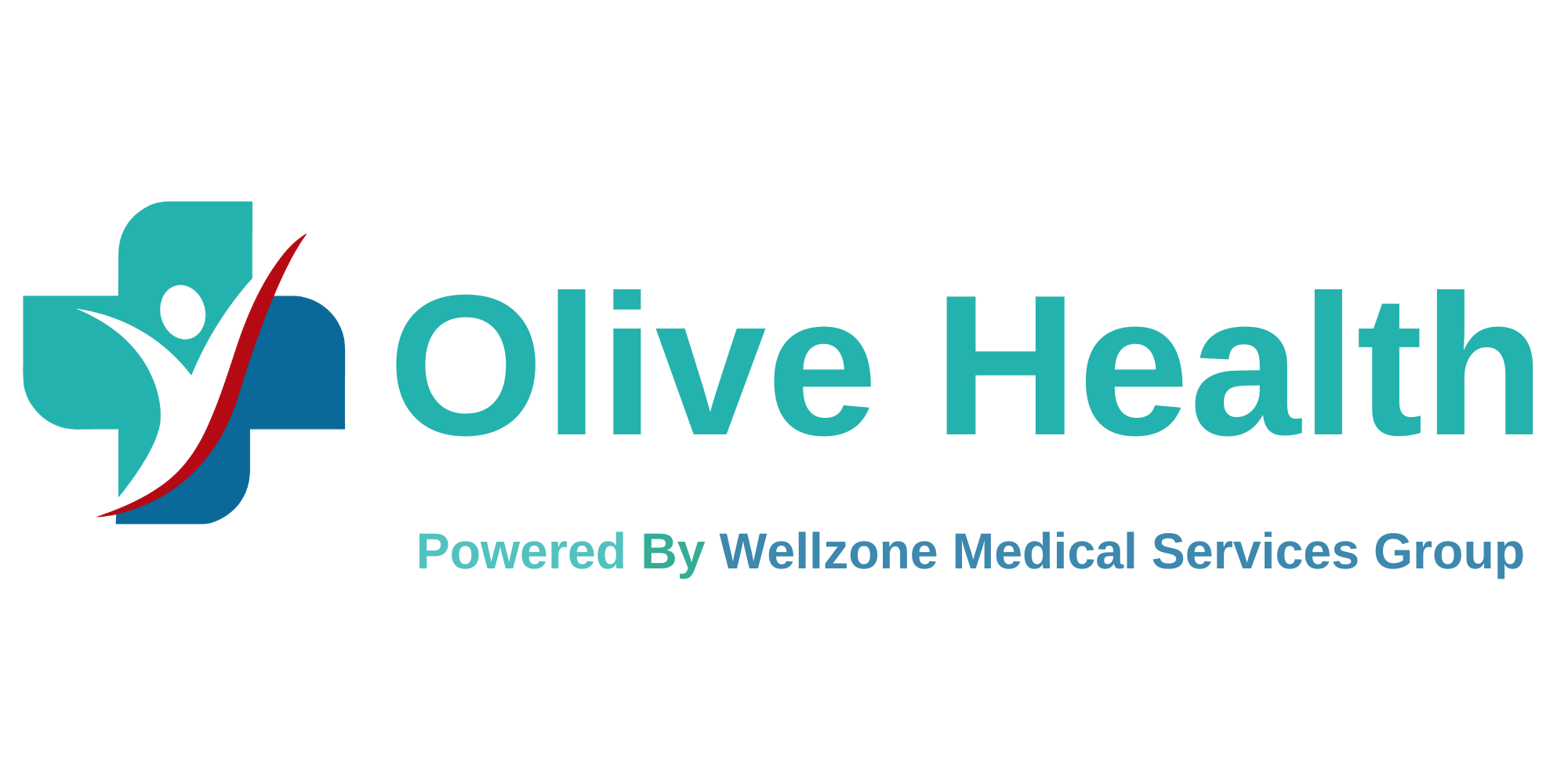What is earwax removal by irrigation?
Ear irrigation is a popular way of removing extra earwax, also known as cerumen, from the ear. Wax is produced by the ear to protect and lubricate it, as well as to keep debris out and prevent bacterial development inside the ear. Earwax removal by irrigation replaces the old fashioned technique of ear syringing. It is an exceptionally safe, effective and comfortable method of ear cleaning.
How is Earwax removal by irrigation performed?
Earwax irrigation is performed by using an electronic ear irrigation machine to remove ear wax. The machine contains a storage reservoir unit for water and a hand-held nozzle which gently pumps water into the ear canal at a controlled and steady rate. The water breaks down and dislodges the ear wax build-up, it then flushes the ear wax out of the canal and it is captured in a flask called a noots tank. The procedure can take between 15 to 30 minutes depending on the amount and type of ear wax, depth of ear wax inside the ear canal and whether you are having one ear or both ears treated.
Prior to treatment the ear wax must be prepared by softening it with ear drops for several days to a week (sometimes longer) beforehand. It is not uncommon during this period for the ear drops to cause the ear wax to expand and further increase the ear blockage and exacerbate any other associated symptoms. Occasionally, the ear drops can trigger ear infections and irritation.
Benefits of Ear Irrigation
Ear irrigation can be effective at removing ear wax if performed correctly and the ear wax is not fully impacted and blocking the ear. It can also be performed at your local GP practice by your nurse, although many GP practices are no longer offering ear irrigation services due to it’s limitations and inherent side effects (see below). However, if ear wax irrigation is successful at removing ear wax it avoids having to have the ear wax removed by some other treatment method. Some people can also find the ear wax irrigation procedure therapeutic.
Limitations and Side Effects
Ear irrigation is generally regarded as a safe alternative to ear syringing, however not everyone is suitable for earwax removal by irrigation. Our qualified nurses will carry out a complete consultation with you to determine whether you are suitable for the procedure.
Earwax irrigation is not appropriate if you have:
- A perforated eardrum, or if you have had a perforation in the last 12 months.
- Previously had problems with irrigation, such as pain in your ear or severe vertigo.
- Have a discharge of mucus from your ear or have had an ear infection in the preceding two months.
- You have had any ear surgery (apart from cases of extruded grommets which had come out at least 18 months beforehand).
- Have recurring or persistent infections of the ear canal.
- You have had a middle ear infection (otitis media) in the past six weeks.
- You have a foreign object inside the ear canal.
It is important to note that no treatment of earwax removal is completely ‘risk-free’. Some of the known ear wax irrigation side effects and risks include:
- Ear canal discomfort or pain.
- Tinnitus, or ringing in the ears.
- Temporary faintness, dizziness or vertigo if the water is not at body temperature. This is due to the ‘caloric’ effect and is normally only short lasting.
- Ear wax being further impacted into the ear canal by the water being pumping into the ear.
- An outer ear canal infection (e.g. otitis externa). This is more likely in people who have eczema or history of developing ear infections.
- Damage and trauma to the ear canal and eardrum (including perforation).
- Infection of the porous and air-filled bone surrounding the ear (mastoiditis).
- Hearing loss (temporary or permanent). This is rare.
Side effects are typically short-lasting and go away within a day. If you experience pain or discomfort that gets worse instead of better or have any other symptoms, make an appointment to see your doctor. If you experience severe pain, make an appointment to see them right away in case you have a perforated eardrum or other ear damage.
Preparation for Treatment
The recommendation is that olive oil should be used for this procedure.
The only reason for carrying out ear irrigation is when hearing is reduced due to wax impacted on the eardrum. Regular or routine irrigation is not recommended.
Prior to having your ears irrigated you will be required to instill drops of olive oil twice a day for seven days. This will soften the wax in preparation for irrigation and encourage normal wax expulsion from the outer ear. Do not put cotton wool into your ears, as this will absorb the oil.
Instructions on how ear drops should be instilled
When using olive oil drops:
- Lie down on your side with the affected ear uppermost
- Drop 2 or 3 drops of oil (at room temperature) into the ear canal and massage the tragus, just in front of the ear and pull the pinna backwards and upwards. This enables the oil to run down the ear canal.
- Stay lying down for 5 minutes and then wipe away any excess oil.
- Do not leave cotton wool at the entrance to the ear.
- Repeat the procedure with the opposite ear if necessary.
- Prior to irrigation, insert the drops twice a day for at least 7 days.

Where to get a private ear wax removal nearby?
Private Earwax removal by irrigation is available at Olive Health and Travel Clinic. Our address is 23A Seven Ways Parade, Woodford Avenue, Ilford IG2 6JX
To book an appointment, please call us on 02085502276, or email us on contact@olivehealthandtravel.co.uk.
For charges, please see our Pricing page. Ear irrigation charges are listed under our ‘Health Checks and Other’ tab.
For charges please see our Pricing page. Ear irrigation charges are listed under our ‘Health Checks and Other’ tab.
Health Services
- Rapid Antigen Tests
- PCR Test for Travel
- Covid Recovery Letter
- Covid Testing for Cruise Ships
- Venesection / Therapeutic Phlebotomy
- Drugs Abuse and Alcohol Abuse testing
- Hay Fever Treatment
- Quantitative COVID antibody test
- Health Immunisations
- BCG Vaccination
- Private Blood Tests at Home
- Mobile Phlebotomy
- Earwax removal by irrigation
- Weight Loss Jabs
- DNA Testing
- Pregnancy Tests
- Health Checks

